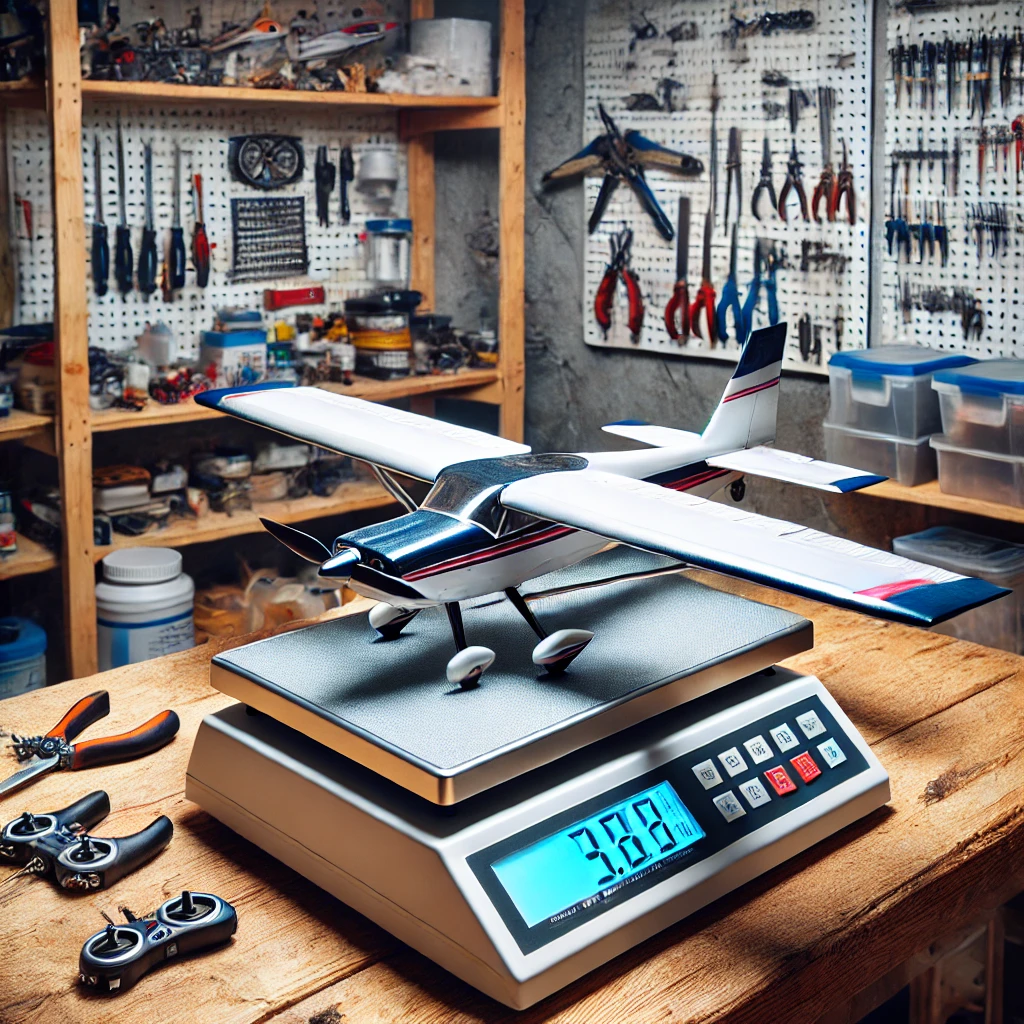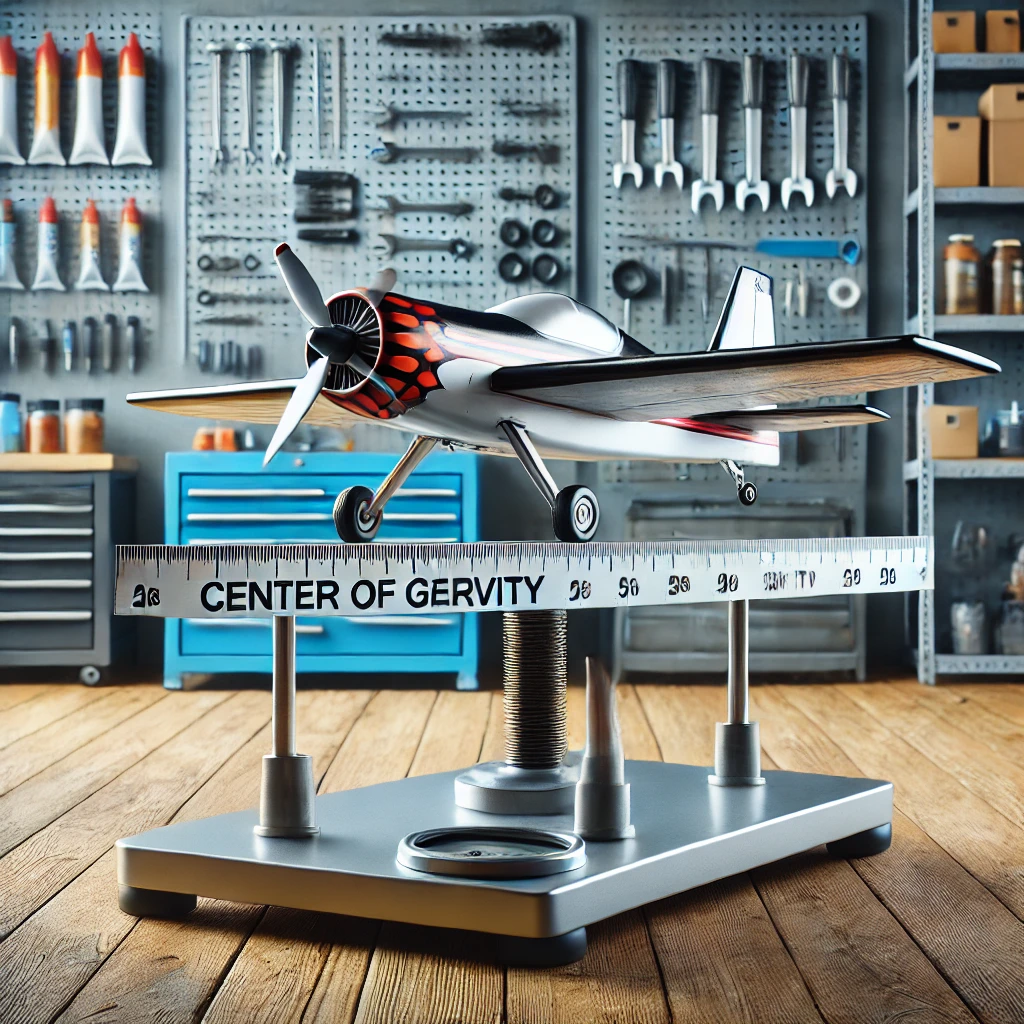For both novice and seasoned RC airplane enthusiasts, understanding the principles of weight and balance is fundamental to achieving optimal performance and safety. This article explores the profound impact that proper weight distribution and balance have on the flight characteristics of RC airplanes, offering insights into how to manage these factors effectively.
Introduction to Weight and Balance
Weight and balance are two of the most critical factors affecting an RC airplane’s flight performance. Correct balance can mean the difference between a smooth, responsive flight and one that is unstable and challenging to control. Managing weight and balance not only enhances the enjoyment of flying but also plays a crucial role in the safety of the operations.
Understanding the Concepts

Weight
The total weight of an RC airplane affects its lift, thrust, and overall flight dynamics. Every component added to the airplane, from the battery and motor to the servos and landing gear, contributes to its total weight. The key is to ensure the airplane is not too heavy to achieve and maintain flight but still robust enough to handle the stresses of operation.

Balance
Balance in an RC airplane refers to how the weight is distributed along the aircraft’s longitudinal axis—from nose to tail. This distribution is critical for maintaining stable and predictable flight. The center of gravity (CG) is the specific point where the airplane balances fore and aft. A correctly positioned CG helps ensure the airplane remains level and stable in flight.
Why Weight and Balance Matter
1. Flight Performance
An airplane that is too heavy may struggle to climb or maintain altitude, while one that is too light might be overly sensitive to control inputs and external factors like wind. Similarly, if the CG is too far forward, the airplane will tend to dive and be difficult to lift during takeoff. Conversely, if the CG is too far back, the airplane can become uncontrollably pitch-sensitive, leading to potential stalls.
2. Structural Integrity
Excessive weight can place undue stress on the airplane’s structure, potentially leading to failures in flight. It is vital to consider the maximum weight the design can safely handle.
3. Battery Efficiency and Power Consumption
The heavier the airplane, the harder the motor must work to achieve the same performance, leading to higher power consumption and reduced battery life. Efficient use of power and maximizing flight time are directly influenced by managing the weight of the aircraft.
4. Safety
Improper weight and balance can lead to flight characteristics that may be difficult to control, increasing the risk of accidents. Ensuring the airplane is balanced and within the recommended weight limits is essential for safe operation.
How to Achieve Proper Weight and Balance
Step 1: Determine the Manufacturer’s Specifications
Start by referring to the manufacturer’s guidelines for the recommended CG location and weight limits. These specifications are based on extensive testing and are crucial for ensuring safe and enjoyable flight.
Step 2: Assemble the Airplane Correctly
Follow assembly instructions carefully, ensuring all parts are securely attached and that the weight is added or removed as recommended to meet the specifications.
Step 3: Weigh Your Airplane
Use a reliable scale to weigh your airplane. This step is crucial to ensure that the aircraft does not exceed the maximum takeoff weight and to verify that modifications or additions have not added unintended weight.
Step 4: Check the Center of Gravity
- Method: Place your fingers or a CG balancing tool under the wings at the CG location specified by the manufacturer. Adjust the position of components (typically the battery or onboard weights) to achieve balance.
- Adjustments: If the nose drops, the CG is too far forward; if the tail drops, it’s too far back. Adjust accordingly by shifting weight until the airplane balances level or slightly nose down.
Step 5: Test and Adjust in Flight
Even with ground testing, real flight conditions might reveal further adjustments are necessary:
- Perform test flights in calm weather.
- Observe the airplane’s response to control inputs and its behavior in steady flight.
- Adjust the CG slightly if required and test again to find the optimal balance point.
Step 6: Maintain Consistency
Each time you fly, ensure the setup remains consistent—especially if components are removed or replaced between sessions.
Conclusion
The significance of weight and balance in RC airplane performance cannot be overstressed. By meticulously managing these aspects, pilots can ensure not only the optimal performance of their aircraft but also their safety and longevity. Whether you are a beginner or an experienced flyer, taking the time to understand and apply these principles will profoundly enhance your RC flying experience.